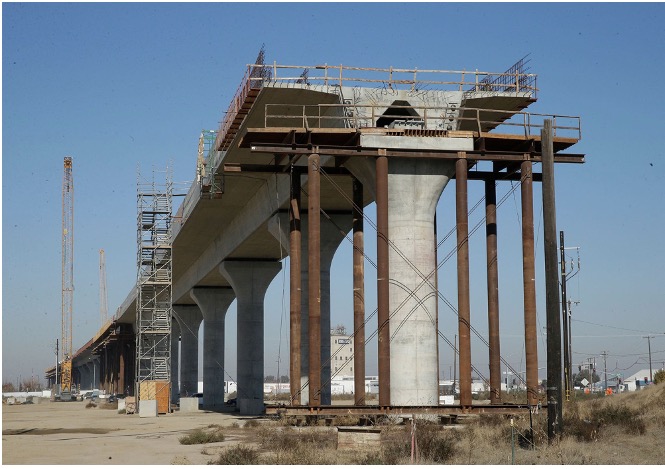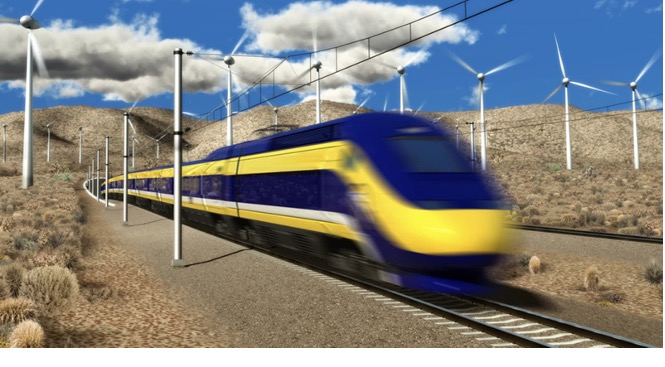Comments
LA WATCHDOG - In 2008, 52.6% of California’s voters approved Proposition 1A, the “Safe, Reliable High-Speed Passenger Train Bond Act” that “authorized the issuance of $9.95 billion in general obligation bonds, including $9 billion for the planning and construction of an 800-mile high-speed rail system connecting San Francisco to Los Angeles.” The remaining $950 million was intended for commuter rail systems that provide connections to the high-speed rail’s facilities.
We were told at that time this enterprise would be completed by 2020 at a cost of $33 billion.
Fast forward. Today, the total cost of this boondoggle is estimated at $128 billion, and the State has no clue when, or if, it will be completed.

And even this estimate may be light because of the uncertainty of the cost to construct miles of tunnels through the geologically tricky coastal mountains needed to connect the Central Valley to Los Angeles and San Francisco.
Even Governor Gavin Newsom’s four-year-old modified plan for the 171 mile rail line from Bakersfield to Merced is over budget and behind schedule. This Central Valley line was expected to be completed by 2030 at a cost of $23 billion.
Today, the cost has ballooned to $35 billion, a cost that exceeds the original projection for the entire 800-mile system of $33 billion. The completion date has been pushed back to 2033.
Editor update: This article has been corrected to reflect Billion versus Million as previously stated.
At the same, ridership projections are being scaled back while operating expenses are expected to increase, creating a large operating deficit. This shortfall will paid for by tapping into the State’s General Fund, crowding out many other worthwhile initiatives and programs.
The State will also have to foot billions in payments for interest and principal on any related bonds.
In addition to these significant operating losses, the State needs over $100 billion to fund the build out of the High-Speed Rail system. While Washington may contribute billions, it is essentially chump change given the magnitude of the country’s largest infrastructure project.
This will require the State to fund the balance, most likely with general obligation bonds that will need to be approved by the voters.
Will California voters approve $100 billion of general obligation bonds to finance this High-Speed Rail train wreck? No way.
(Jack Humphreville writes LA Watchdog for CityWatch. He is the President of the DWP Advocacy Committee, the Budget and DWP representative for the Greater Wilshire Neighborhood Council, and a Neighborhood Council Budget Advocate. He can be reached at: [email protected].)
















